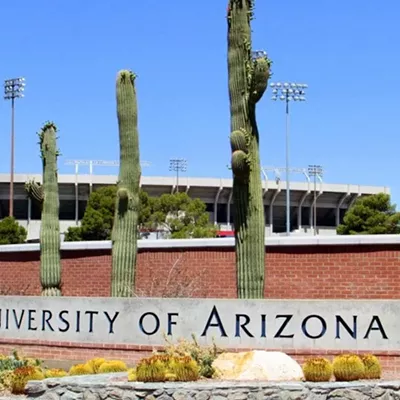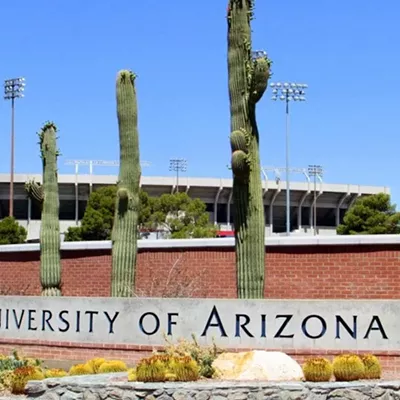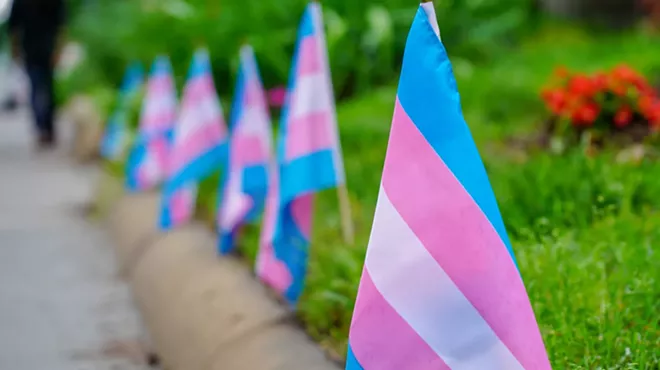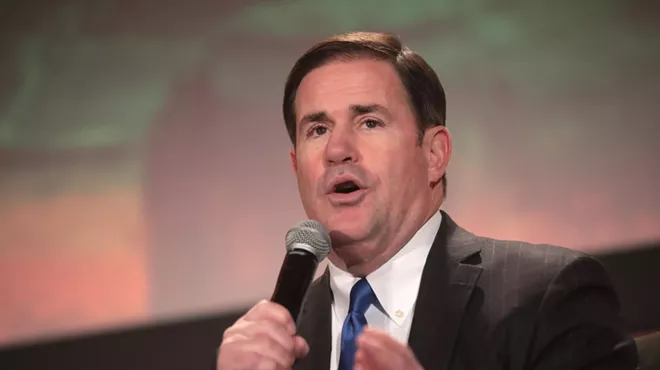Monday, May 4, 2015
Arizona Board of Regents Expected to Vote Today on Universities' Tuition Hikes, Lower Rates for DREAMers
The Arizona Board of Regents is supposed to decide today on new tuition for the three state universities, as well as a proposed decrease in rates for DREAMers.
This new policy asks for tuition for young immigrants under Obama's 2012 DACA program be 150 percent what residents pay a year. As of now, DREAMers—who despite having lived here for years are considered non-residents—pay $33,630 in tuition and fees, which is 300 percent to cost of resident tuition. If the proposal is approved, that would go down to about $17,000.
While it's a huge step forward, DREAMers want tuition equity. And, last week, many of them gathered at the UA to keep fighting for that right.
Since fall 2013, DREAMers get to pay in-state tuition at Pima Community College, as long as they have their DACA work permit and another document that proves they have lived in the state for longer than one year.
Prop 300, a referendum passed by voters in 2006, says university students who are not U.S. citizens or legal permanent residents do not qualify for in-state tuition or financial aid funded or subsidized by state money.
The vibe among DREAMers and allies has been, while 150 percent is nice, 100 percent tuition equality is fair.
As far as the UA's tuition hike proposals, here's a reminder:
- New undergrads who are Arizona residents will pay $446 more a year, a grand total of $11,403. For out-of-state students, attending the UA would cost $33,630, a hike of more than $3,000 a year.
- Returning UA undergrads, with the exception of last fall's incoming freshmen who enrolled in a tuition-freeze plan for eight consecutive semesters, will see an increase of $291 a year (up from the current annual tuition of $10,581). However, they have the option of enrolling in the tuition-freeze program this fall and paying last year's rate, which is about $10,900 a year.
- New students will also have the option to enroll in a guaranteed program that'll keep them safe from more increases for the next four years.
- Resident graduate students don't get to enjoy tuition-freeze, so they'll pay $325 more a year (a total of $12,048). The cost for out-of-state graduates is up by $1,665 to $30,370 a year.
According to a statement from earlier this month by UA President Ann Weaver Hart, these increases would cover less than half of the approximately $30 million cuts the university has to absorb this upcoming academic year.
Tags: dreamers , daca , university of arizona , tuition , arizona board of regents














